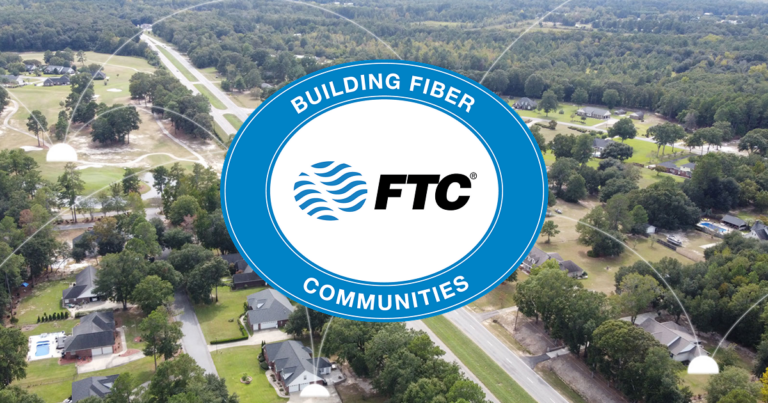In the 21st century business world, there is certainly no shortage of ways for businesses to communicate with their customers. The old standbys of phone and mail communications are, of course, always reliable options. With smartphones in most consumers’ hands or pockets during all waking hours, texting is another way to reach consumers quickly. And thanks to the internet, a range of new digital options have joined the scene, including email, videoconferencing, online chat, and social media posting and/or direct messaging.
Of course, for businesses, the abundance of communications channels can present a quandary: Which option do I use and when? Those looking for answers on phone, email and texting, the three leading ways to reach customers quickly, can read on.
What Are the Pros and Cons of Using Phone, Email and Text to Communicate With Customers?
Sure, direct mail has been proven to be an effective way for businesses to get their messaging across to consumers. But it requires a lot of lead time, taking it out of the equation when getting the message out fast is important. And while videoconferencing, online chat and social media are always options for reaching the tech-savviest of consumers quickly, their use is not yet broad enough to cover the full spectrum of today’s consumers.
This leaves phone calls, email and texting as the leading options for reaching most of today’s consumers with speed and ease. But which is the best choice for the customer-communications situations most businesses encounter every day? Consider these guidelines for choosing the best options for the case at hand:
Phone
For businesspeople, time is valuable. So, by taking the time to reach out to a customer by phone, a business’s representative is conveying that his or her business is valued. Further, the personal connection a phone call delivers makes it a good option to choose when a topic is especially important or urgent or when there is any sort of problem to which a customer needs to be alerted.
Phone calls are typically the best option for:
- Touching base with especially important customers or decision-makers on large accounts
- Building a better rapport and sense of trust with important customers
- Evaluating and/or going over a customer’s services or needs in detail
- Alerting a customer to a problem, such as a service delay or order error
- Reaching out for sensitive information such as payment details that customers could be uncomfortable providing via email or text
Convenient for customers because they can be reviewed when they have time, emails are a great way for businesses to communicate about less-urgent topics that do not need to be brought to the customer’s attention right away or addressed quickly. Because they are non-invasive, emails can also be a good method for delivering marketing messages without the risk of drawing the customer’s ire as repeated marketing phone calls might do.
Emails are typically the best option for:
- Delivering a receipt or contract to a customer
- Thanking a customer for his or her business
- Letting customers know about new products and services that might benefit them
- Following up about a customer’s experience or seeking reviews
- Gaining customer insights via surveys or questionnaires
- Sending timely newsletters or business updates
Texting
Sending a text message is inherently more invasive than an email because consumers’ smartphones typically alert them right away when a text message is received. But they are generally considered less invasive than phone calls. Overall, text messages are good for sending brief and timely information that the recipient might need to be made aware of quickly, but not urgently.
Texting is typically the best option for:
- Letting a customer know that a service representative (e.g., an installer or service technician) is on the way
- Alerting a customer that his or her purchase is available for pickup
- Sending digital coupons or promotional messages about discounts if a customer has opted in for such messages
- Reminding a customer about upcoming appointments or service calls
No matter the business-communications need, FTC Business has you covered. Visit ftc.net/business to explore all of FTC’s powerful offerings, including business-critical services such as Internet, Wireless, Voice and Security.
And when you need local, expert IT assistance for your business, help is nearby and easy to reach without the expense of hiring a full-time IT staff. Visit FTC IT Solutions for professional IT help in a number of tech-related areas, including Managed IT, Cybersecurity, Hosted Services, Point-of-Sale and Hardware Sales.




